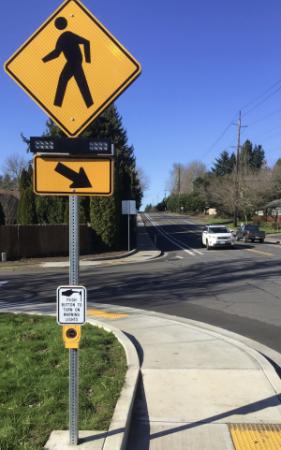- YourGovernment
-
OurCommunity
-
- About Tualatin Advisory Committees Animal Services Community Involvement City Codes City Council City Projects
- Community Crime Reports Customer Service Request Explore Tualatin Now Fire Library Municipal Court Tualatin Today
- Parks & Recreation Passports Permits & Forms Planning & Zoning Police Volunteer Tualatin Moving Forward
-
-
ForVisitors
-
- Parks, Greenways, Recreation and Library Library Parks Public Art Parks and Recreation
- Shopping, Dining, and Entertainment Chamber of Commerce
- Community Events Community Theatre Pumpkin Regatta Special Events
-
- DoingBusiness
-
HowDo I?
-
- Apply for a Job Apply for an Advisory Committee Contact the City Council Get a Copy of a Police Report File a Records Request Find Forms
- Find Planning & Zoning Find Public Transportation Find the City Code Get a Business License Get Email Subscriptions/Notifications Locate City Offices
- Contact the City Pay My Traffic Fine Pay My Water Bill Reserve a Facility Sign Up for a Recreation Program Search the Website Volunteer
-
New Flashing Beacons Improve Pedestrian Safety on Tualatin Streets
Tualatin residents may be wondering about those strange flashing sign posts starting to appear on local streets.
City of Tualatin Principal Transportation Engineer Mike McCarthy, P.E. solves the mystery. “Those are known as RRFBs – short for rectangular rapid-flashing beacons. They help pedestrians cross busy streets more safely.”
RRFB signs are being installed at intersections with observed safety issues, near schools, and at mid-block crossings where drivers find it difficult to spot pedestrians.
Tualatin’s first new pedestrian crossing with flashing beacons was installed near Lam Research on Leveton Drive in 2017. A second beacon was added on Sagert Street at Atfalati Park in 2018, with two more installed last year at Boones Ferry Road and Siletz Drive, and on Ibach Street near Ibach Park. By the end of 2020, six more flashing signals will be placed in various Tualatin neighborhoods.
Here’s how the new pedestrian activated flashing beacons work. Pedestrians or bicyclists arrive at the crossing and push a button that activates the flashing lights. A fast “on-demand” response minimizes the wait time for crossing. The wait time for drivers is also short because the beacons flash only while the pedestrian or bicyclist is crossing.
These next-generation signals are made possible by technological advances in LED lighting and solar power, which lessen power needs and eliminate the requirement for electrical supply and underground wiring. There’s no need for saw cutting, paving, trenching, or electrical work. “Installation can take a few weeks, but doesn’t disrupt traffic,” McCarthy says.
Research shows the new crossing beacons are highly effective due to their attention-grabbing features:
- Unique sign shape
- Brighter light intensity
- Faster pulse rate, with a unique strobe-like effect – unlike any other traffic warning signs
The beacon’s high visibility alerts drivers under all weather conditions. The National Cooperative Highway Research Program (NCHRP) reports the crossings with flashing signals cut pedestrian crashes almost in half (47%).
Tualatin Police Chief Bill Steele confirms the benefits of the new pedestrian crossings: “Safe crossing of roadways is a responsibility shared between drivers and pedestrians. These flashing beacons are increasing the safety of our community.”
The new pedestrian activated flashing beacons are paid for under the Tualatin Moving Forward neighborhood traffic safety improvements, a $20 million bond program approved by Tualatin voters in May 2018. The beacons are manufactured by Carmanah Technologies in Victoria, Canada and cost $12,000 apiece plus installation.
Each year, the City of Tualatin solicits suggestions for RRFBs and other new neighborhood traffic safety improvements. To suggest a project, go to the Tualatin Moving Forward website.

